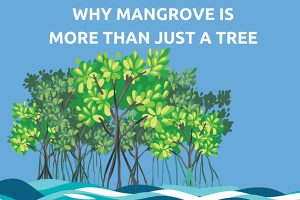Alternative livelihoods have been hail as a way to promote both conservation and foster development among forest edge communities of the Kambui Hills Forest Reserve. This attempt has been made to check further degradation of forests to elevate miseries of the rural poor. It has been realized that policy makers along with government and the people including their various institutions are the real stakeholders in forest management and hence it is realized that unless opportunities for rural livelihoods are created or development and that protection of forest would be extremely difficult task.
In achieving of the objective of the BIOPAMA project (to provide alternative livelihood to forest edge communities in order to reduce the rate of local threat to the Kambui hills forest reserve), Conservation Society of Sierra Leone through the BIOPAMA project engaged forest edge communities within the four chiefdoms; Nongowa, Small Bo, Niawa and Koya that are within 2km away from the reserve to select their alternative livelihood options. In fulfilment to this agreement from the consultation meeting, CSSL/BIOPAMA project engaged in livelihood support to several forest edge communities.

However, there is significant evidence that good progress is being made towards achieving the projects outcome. This strategy is considered as a fruitful means of securing the future of the Kambui Hills as most communities embark on Inland Valley Swamp (IVS), animal husbandry, groundnut, cassava plantation and others in lowland farming. There are few challenges to the overall success of this support such as over expectation from communities such as communities that fall outside the 2km have great influence over many forest edge communities that benefited from the support and hence those communities as well opted for support from the project. Furthermore, as the project directly support communities with livelihood, there is an inclusive engagement with paramount chiefs and other stakeholders to send out strict warning to all forest edge communities to reducing their threats on the reserve. There is also challenge in providing skill trainings to forest edge communities, a need for more law enforcement and further awareness and sensitization among the locals.


Conclusively, these selected livelihood options and delivery is creating sense of conservation awareness in the mind of the people. They see the project as source of blessing in solving their current constraint which geared them toward the exploitation of the reserve more especially in the north where conservation initiative has been limited. There is ongoing distribution of warning letter from the paramount chiefs to the sub chiefs in those local communities. On the progress made so far, many communities have completed their livelihood activity work while others are on planting.



